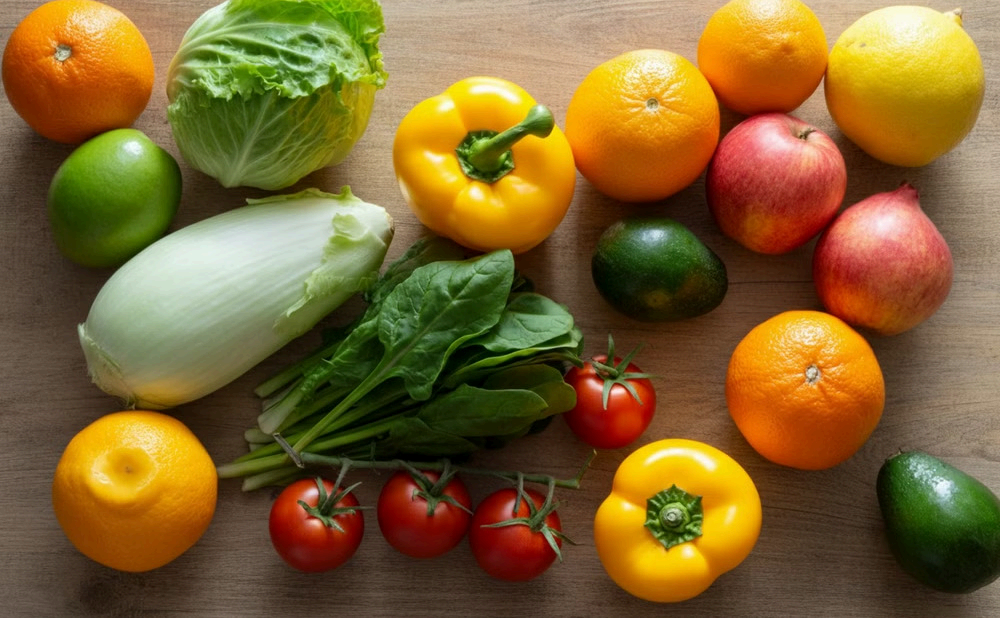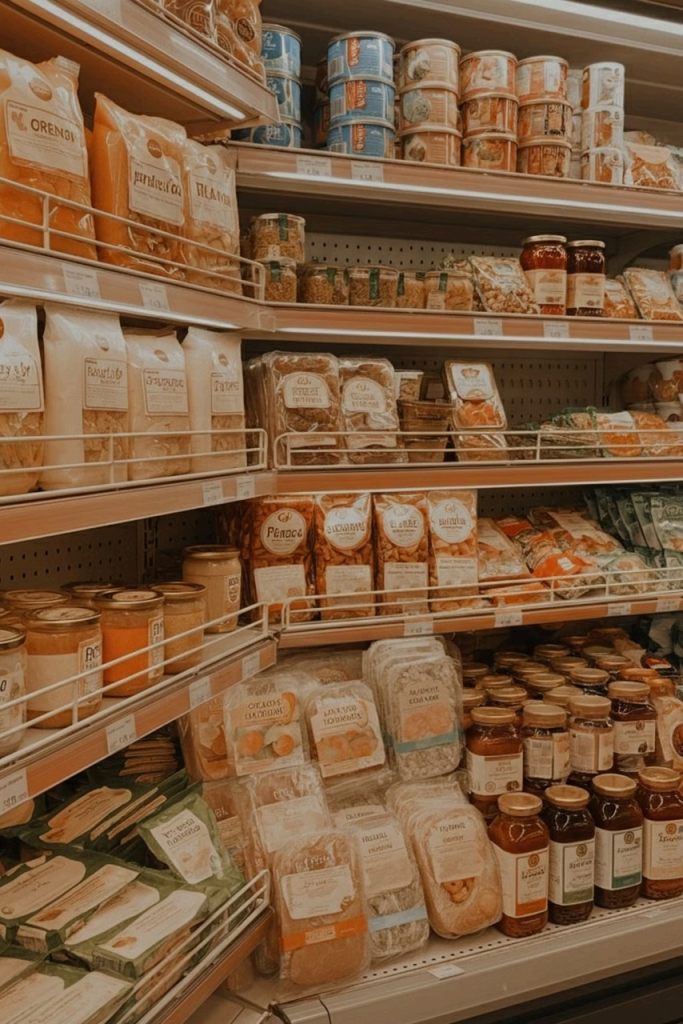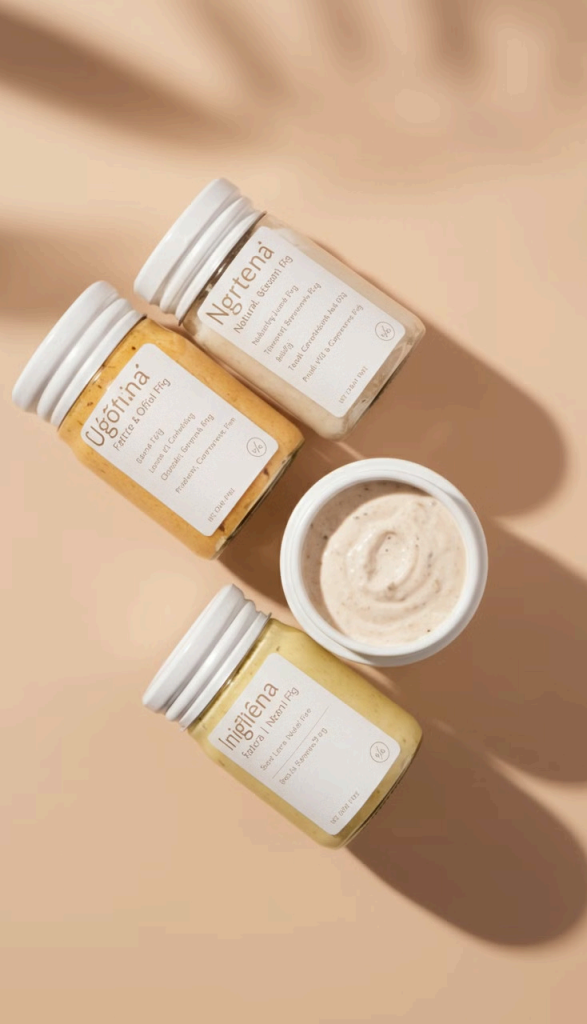
Navigating the Food Spectrum: Natural, Processed, and UltraProcessed
Understanding the differences between natural, processed, and ultra processed foods is essential for making healthier choices.
Natural Foods: Whole, Unrefined, and Minimal Processing

Nature's Goodness
Natural foods are found in their original state, with minimal processing. Think fruits, vegetables, whole grains, legumes, and nuts.

Nutrient Powerhouse
They are packed with vitamins, minerals, fiber, and antioxidants that nourish our bodies.

Minimal Processing
These foods come straight from nature, requiring little to no industrial processing before consumption.
Processed Foods: Modified from Their Natural State
Beyond Whole
Processed foods undergo changes to preserve them or enhance taste. This can involve adding salt, sugar, preservatives, and artificial flavors.
Moderate Consumption
Occasional intake of processed foods is generally okay, but moderation is key

Ultra-Processed Foods: Industrial Formulation
Fast Food
These are heavily processed, often with high levels of sugar, unhealthy fats, and artificial additives.
Ready-to-Eat Meals
Ultra-processed foods are designed for convenience, often with minimal nutritional value.
Processed Snack
They are often high in calories and can contribute to weight gain and chronic diseases.


The Benefits of a Natural Food Diet
Nutrient Density
Natural foods offer a rich source of vitamins, minerals, and fiber.
Reduced Sugar Intake
They have lower levels of added sugar, promoting better blood sugar control.
Less Chemicals
They are free of artificial colors, flavors, and preservatives.
The Potential Downsides of Processed and UltraProcessed Foods
Obesity
High calorie content and lack of fiber contribute to weight gain.
Chronic Diseases
Processed foods are linked to an increased risk of heart disease, type 2 diabetes, and cancer.
Gut Health Issues
They can disrupt gut flora, leading to digestive problems and inflammation.
Decoding Food Labels: Identifying Different Levels of Processing
Read Ingredient Lists
Natural foods have short, recognizable ingredient lists, while processed and ultra-processed foods have longer lists with unfamiliar ingredients.
Look for Added Sugar
Processed and ultra-processed foods often have added sugars, like high-fructose corn syrup, that contribute to health problems.
Understand Processing Techniques
Familiarize yourself with common processing methods, like frying, canning, and dehydration.


Tips for Choosing Natural Foods
Focus on Whole Foods
Choose fruits, vegetables, whole grains, legumes, and nuts.
Read Labels Carefully
Pay attention to ingredient lists and added sugar content.
Cook More at Home
Prepare meals from scratch to control ingredients and avoid processed options.
Limit Processed Snacks
Choose healthier snack alternatives like fruits, nuts, or yogurt.

Toward a Healthier and More Natural Diet
Making the shift to a more natural diet takes time and effort, but the benefits for your health and well-being are well worth it. Focus on consuming whole, unprocessed foods, and limit your intake of processed and ultra-processed options.
